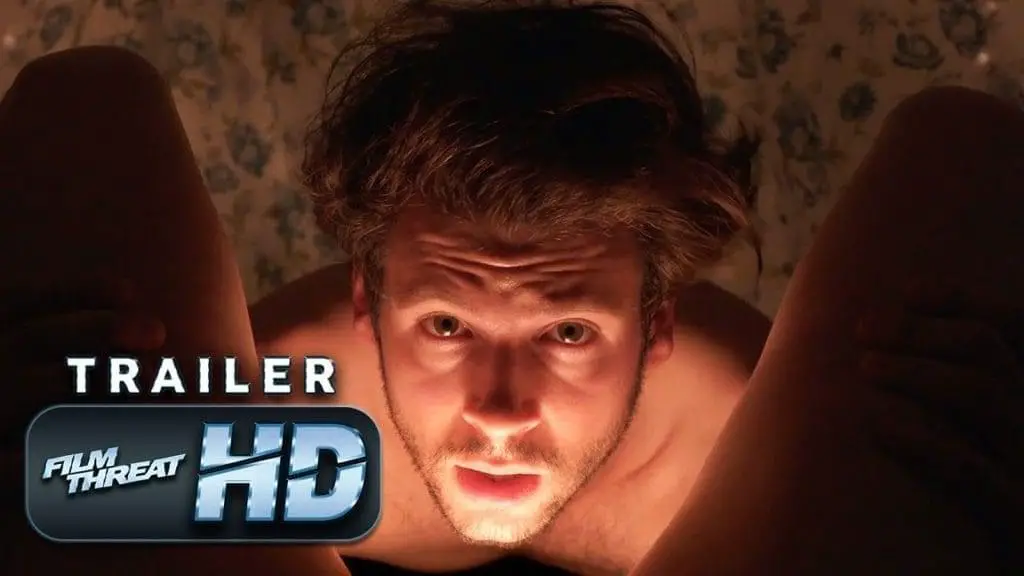
Viewing the 1925 documentary “Grass: A Nation’s Batle for Life” eight decades after its premiere, it is difficult not to be caught up in the passion and real-life drama presented on screen. Yes, the film is a black-and-white silent movie. But, no, it has not dated one frame.
“Grass: A Nation’s Battle for Life” introduced moviegoers to the filmmaking team of Merian C. Cooper and Ernest B. Schoedsack (who would become more famous as the creators of “King Kong”). Cooper and Schoesdack teamed up with journalist Marguerite Harrison, who is a nominal presence in the first part of the film, to create this production.
“Grass: A Nation’s Battle for Life”traces the filmmakers’ adventure from Turkey across the Arabian peninsula into Persia (today’s Iran) in search of “The Forgotten People,” a nomadic nation of some 50,000 people and a half-million animals. “The Forgotten People” are actually the Bakhtiari tribe, but aside from their modern-looking rifles it would seem that time literally stood still for them. Their nomadic environment seems unchanged since Biblical days, and their relation with the environment is also frozen in time: with the environment winning out. Due to the demands of their livestock, they are forced to migrate great distances in search of grass to keep their animals fed. The film captures a migration, which is no mean feat given the number of people and animals involved and the terrain to be covered (including the crossing of a deep, icy river and the scaling of a 15,000 foot mountain).
Much of the film captures the hardship and cruelty of the migration – the shots of sheep and goats drowning in the Karun River are extremely disturbing. Yet the film is often rich with genuine humor, particularly the hammy Desert Police in Arabia who enjoy their melodramatic drilling formations the cameras but also goof off breezily (playing cards) while the camera catches them off-guard.
While the film is silent, it comes with a traditional Iranian score by Gholam Hosain Janati-Ataie, Kavous Shirzadian and Amir Ali Vahabzagedegan which is among the most haunting and melodic ever created for a movie. The music beautifully captures the soul and spirit of those framed by the Cooper-Schoedsack-Harrison camera.
